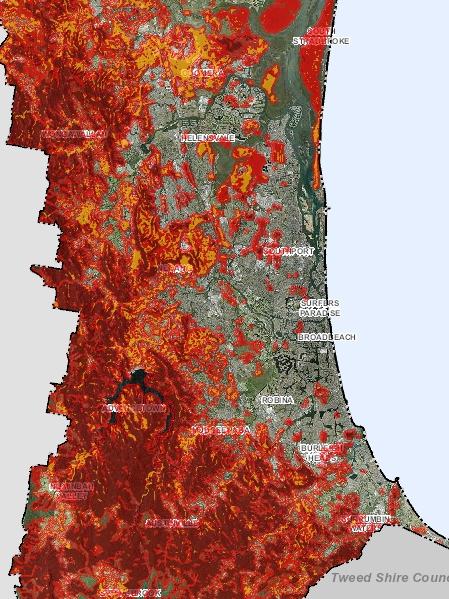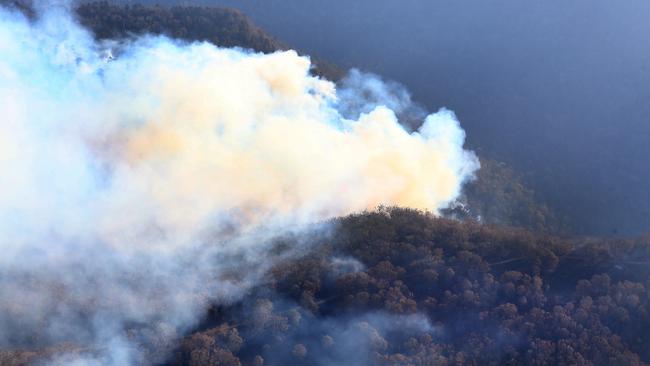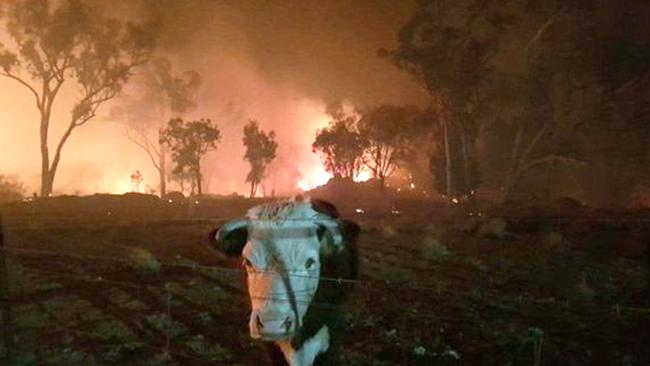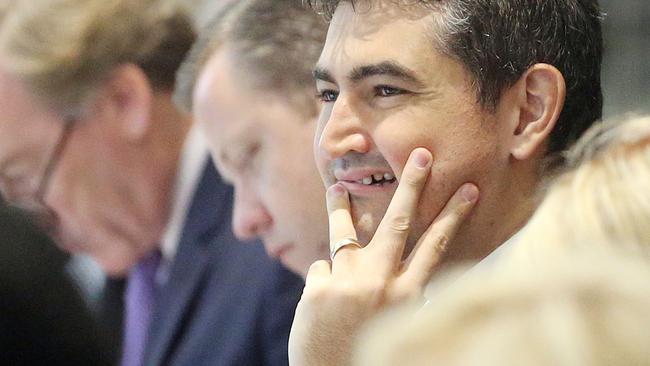Push for a permanent hazard reduction burning team to protect hinterland
New mapping shows 37 per cent of the Coast region is at risk from bushfires - leading council to urgently seek the implementation of a new plan to avert disaster.
Council
Don't miss out on the headlines from Council. Followed categories will be added to My News.
THE council wants to employ a permanent hazard reduction burn team to help prevent a repeat of last year’s horrific bushfires in the Gold Coast Hinterland.
Councillors are this week expected to vote for Mayor Tom Tate to write to Premier Annastacia Palaszczuk to help fund six Queensland Fire and Emergency Service firefighters to help boost back burning.

While the extra staff and hazard burns will help fortify the city against property loss, a report has warned some severe fires will be uncontrollable.
QFES staff say climate change had significantly reduced the amounts of time suitable for hazard reduction burn, which can only occur on cooler and less windy days.
“On certain days typically, but not limited to when the fire danger rating is severe or greater, fires may be uncontrollable with the potential to destroy property and move through land that has been previously burnt by a hazard reduction burn,” the council report said.
Councillors called for the briefing by senior QFES officers after fire ripped through nine homes and the historic Binna Burra Mountain lodge and its cabins last September.

Updated mapping shows about 51,051ha, or 37 per cent, of the Coast region is judged to be a very high, high or medium bushfire hazard and another 26,329ha, about 19 per cent, is within a 100m potential impact buffer to the hazard.
Almost 42,000 structures used as dwellings, commercial or industrial purposes are prone to varying degrees of risk.
The report suggested the city has an increasing amount of natural vegetation, and council was spending more each year on bushfire prevention, with about 25 per cent or 3000ha of the priority areas burnt in the past 13 years.

“However, it is difficult to retain burn team members over multiple years due to them being employed on a casual basis,” the report said.
Councillors are yet to determine funding.
Lifestyle and community committee chair Hermann Vorster said councillors wanted a “shopping list” to help achieve the greatest safety working on the advice of QFES.
A permanent team could quickly scale up and tackle emerging threats, and use narrowing windows of opportunity to rehabilitate and maintain fire trails, he said.
QFES officers acknowledged climate change in reducing windows for hazard reduction burning.

“What we do know is it’s becoming increasingly difficult here on the Gold Coast to carry out these back burns over a long season. The work needs to be done on an increasingly shorter season, and we need more teams working in parallel,” Cr Vorster said.
“We can’t eliminate the threat. What we can do is make sure the threat is as low as possible and that those charged with protecting life and limb, have the best shot possible.”



